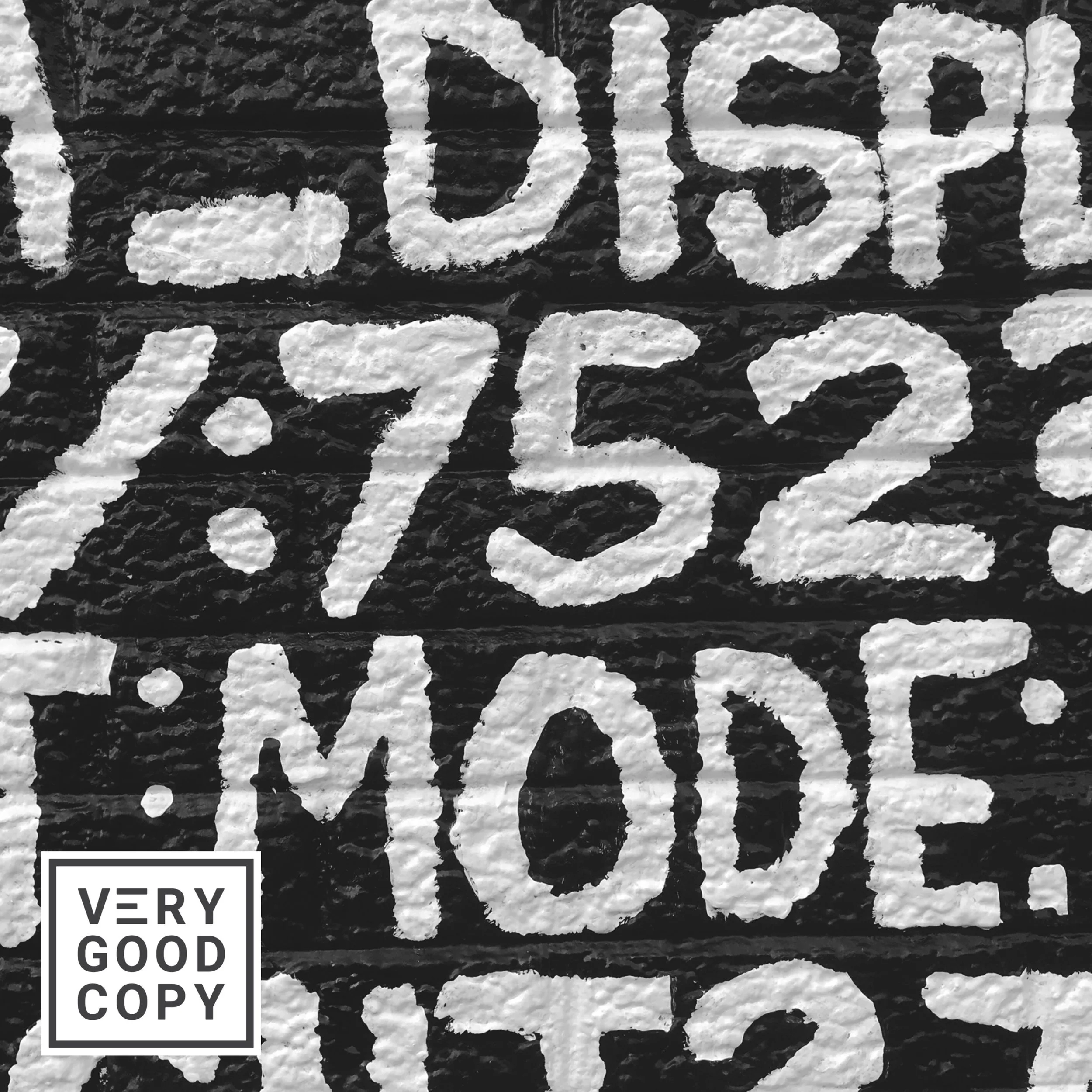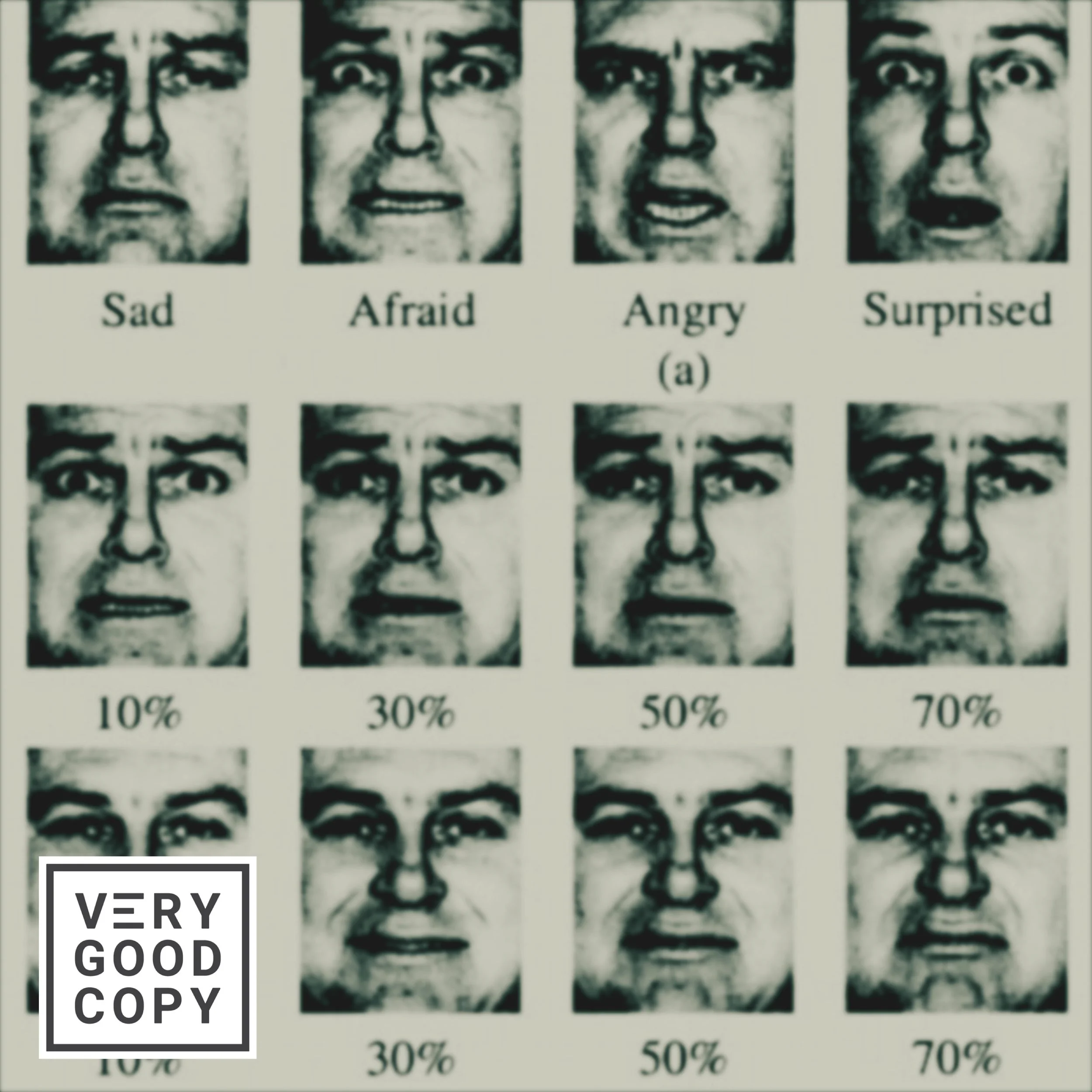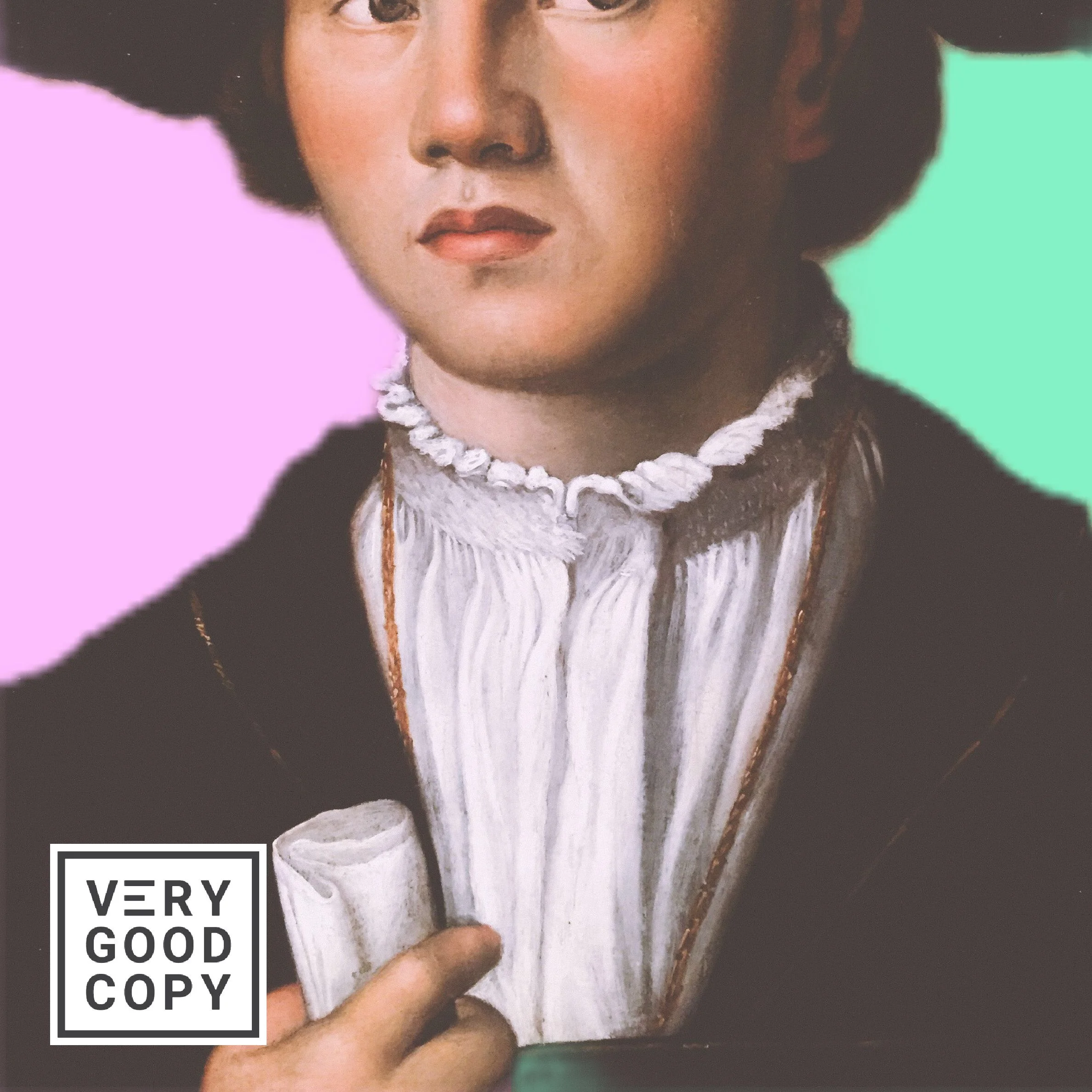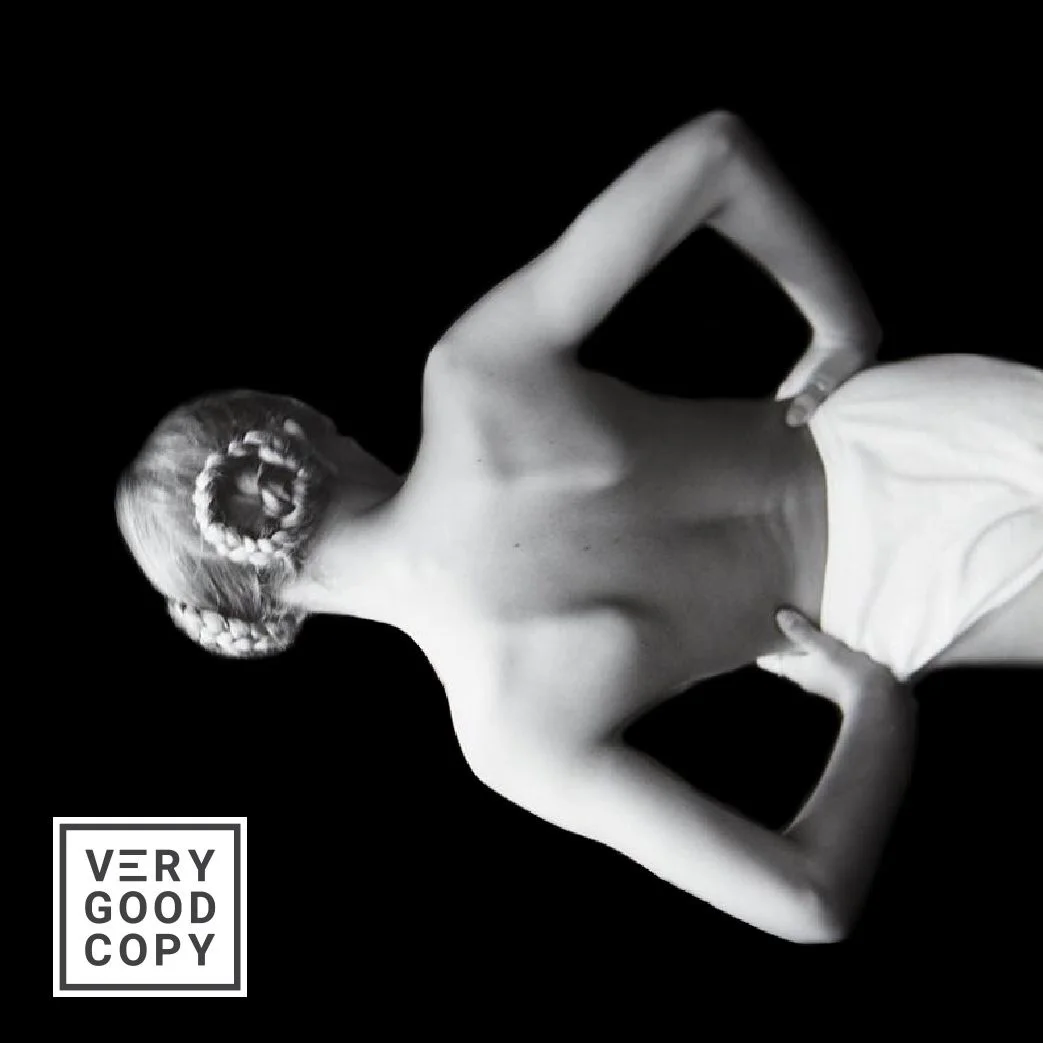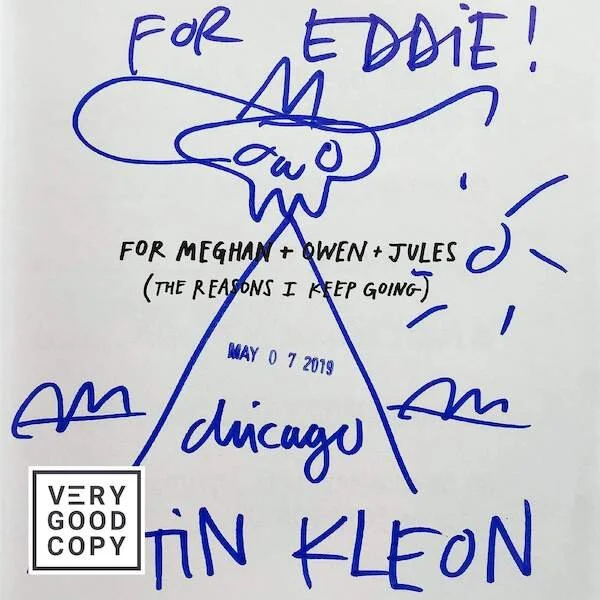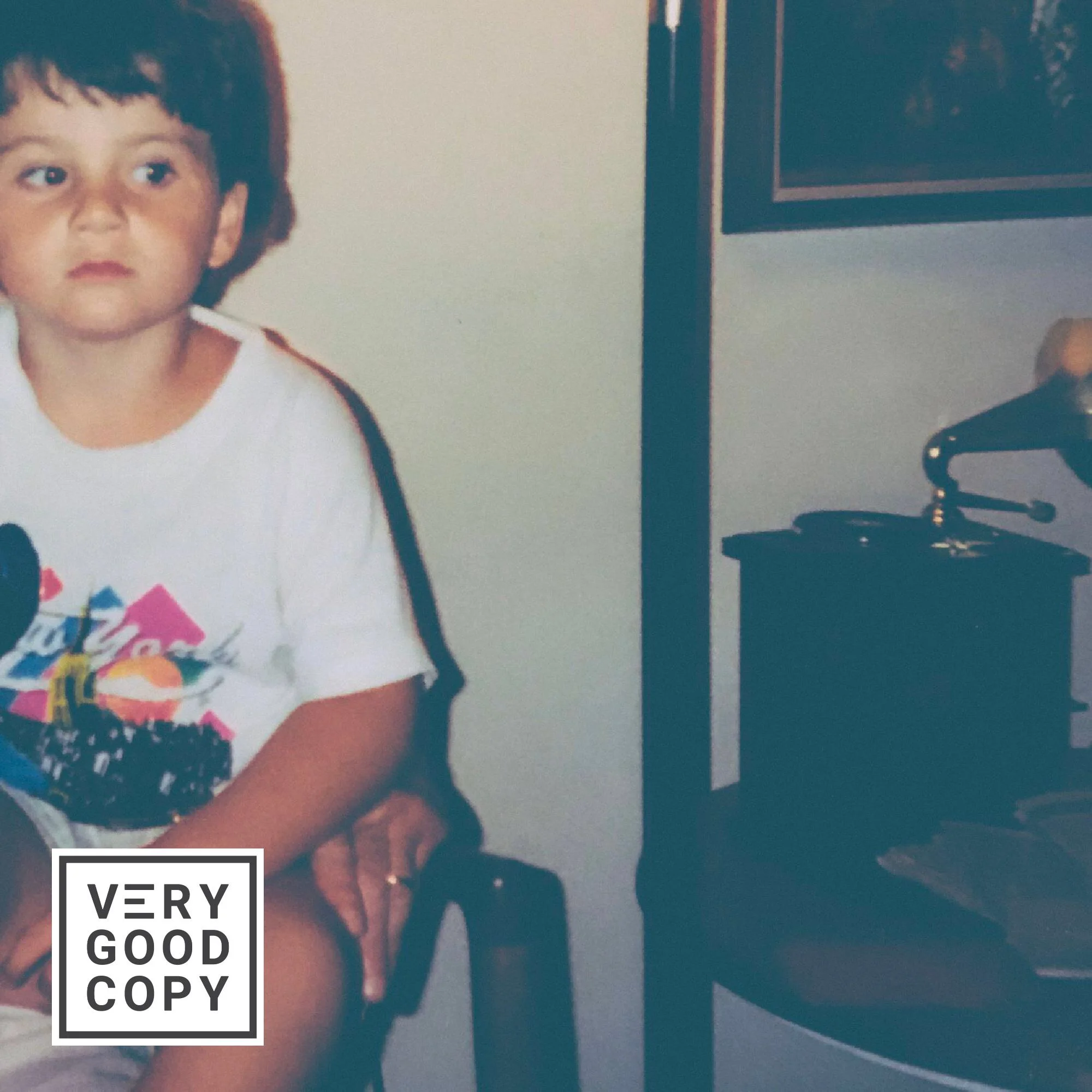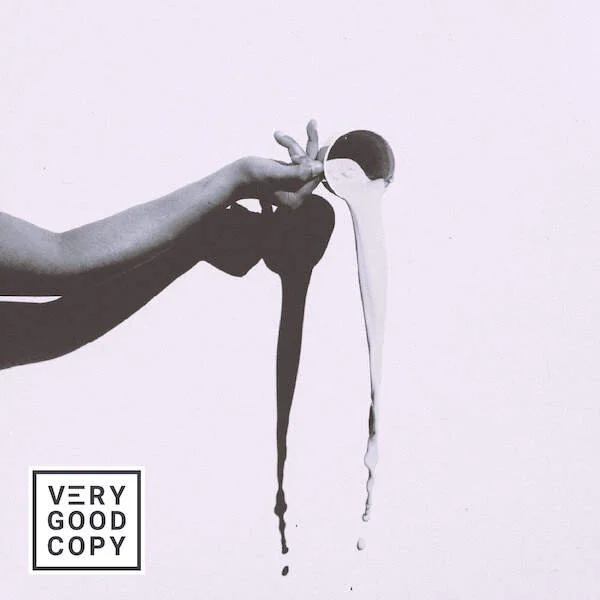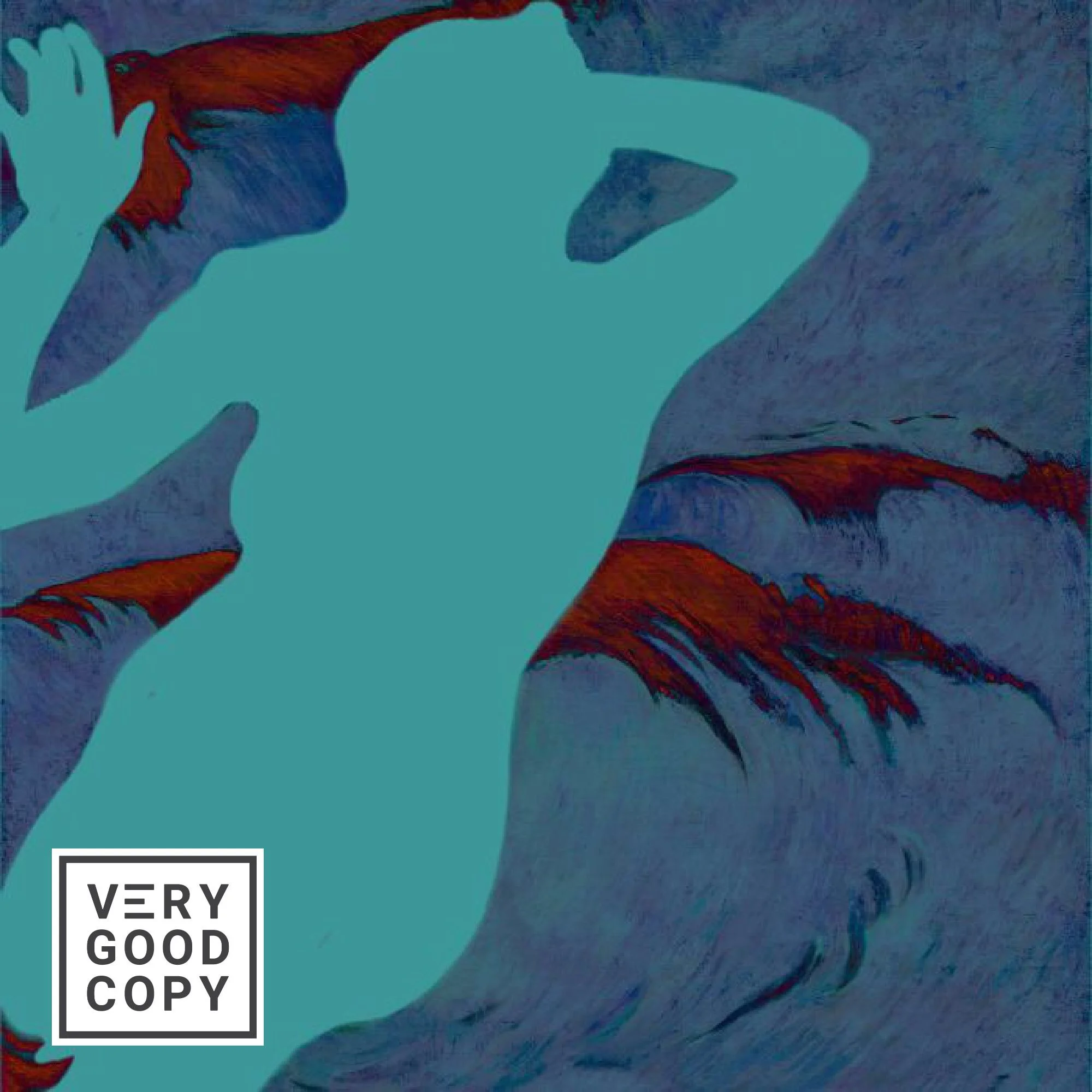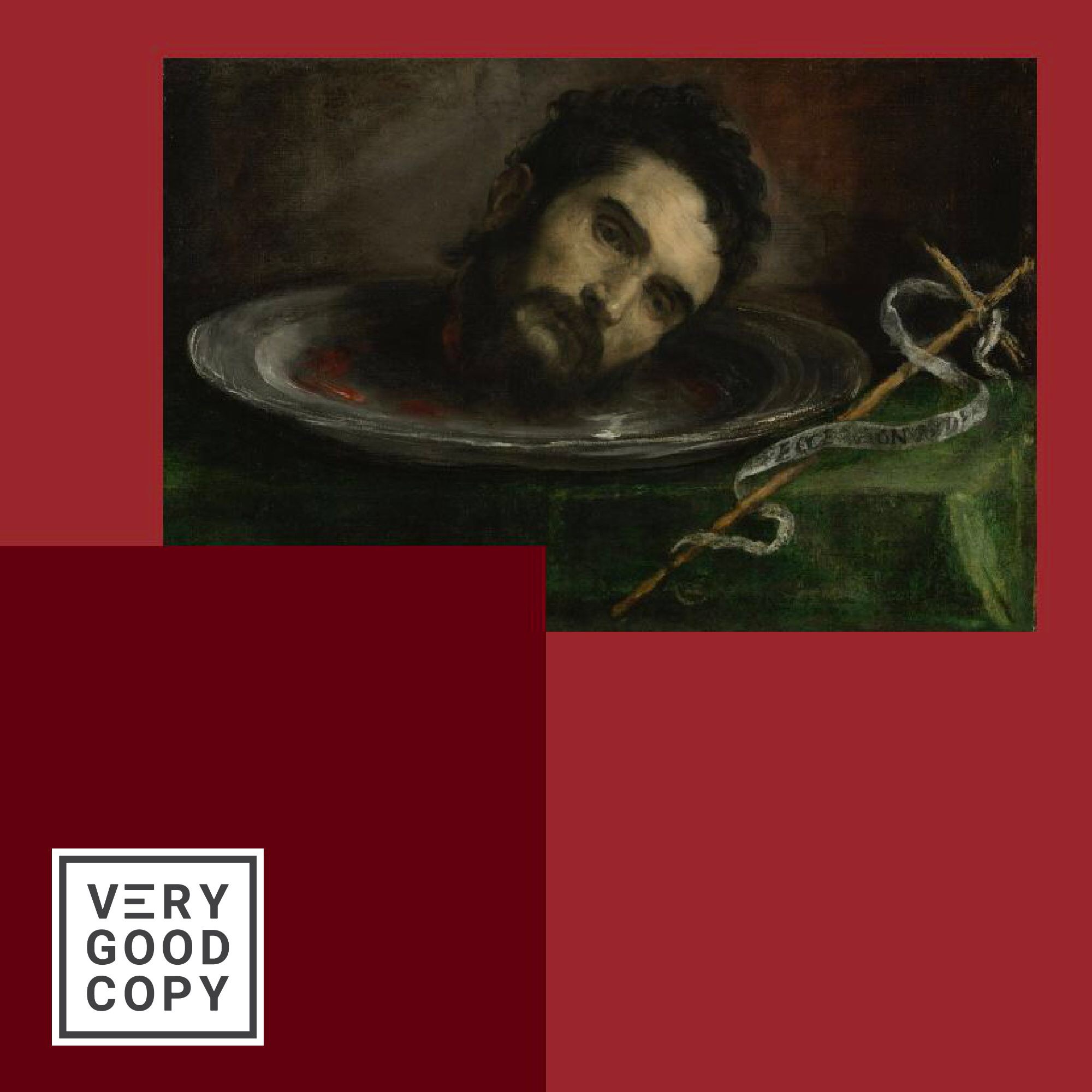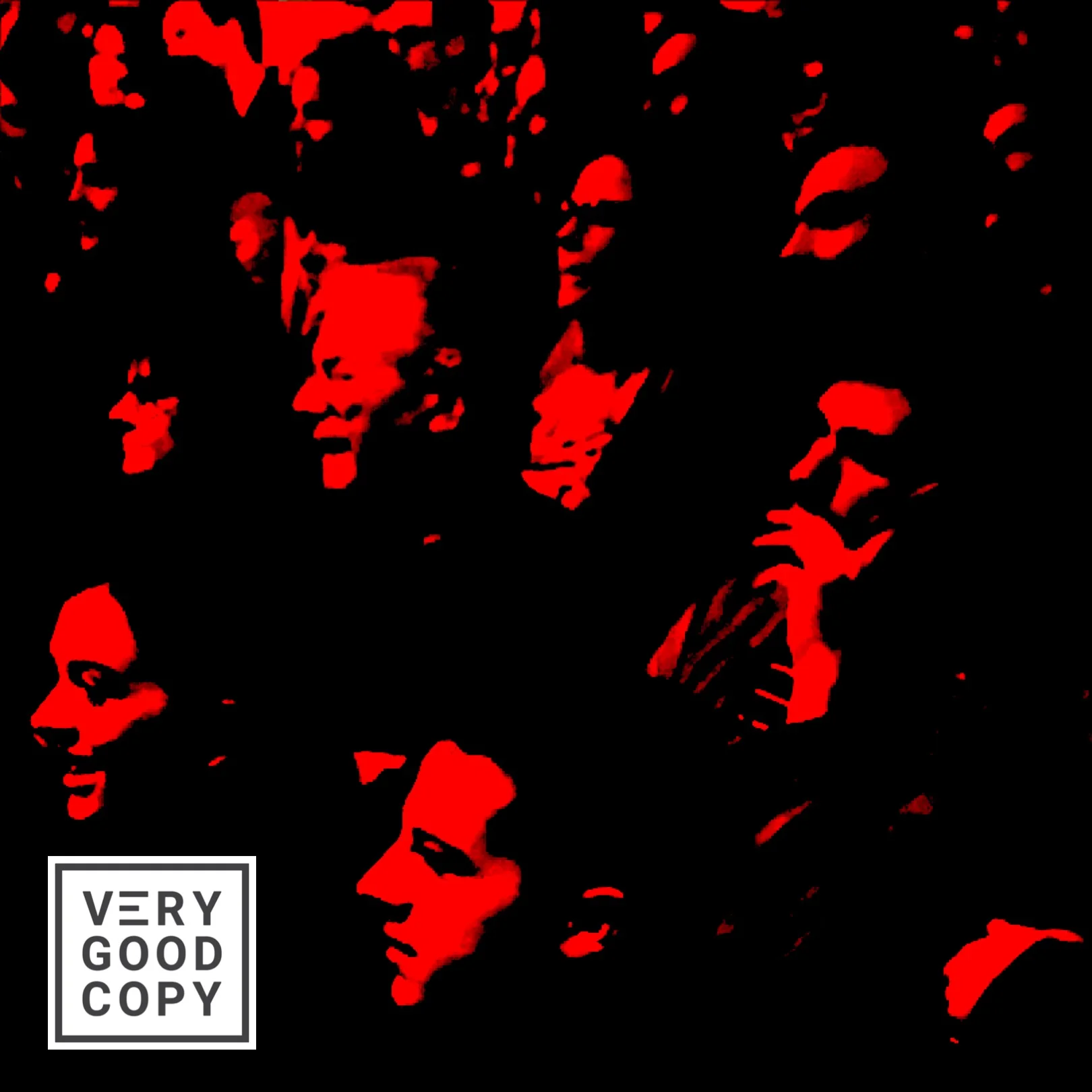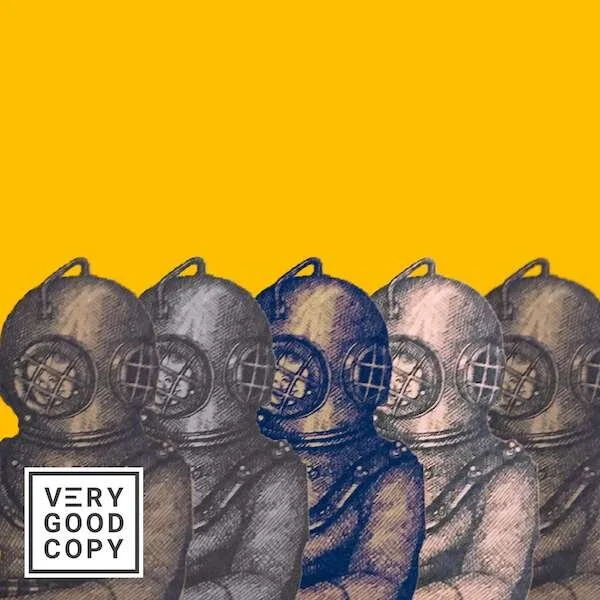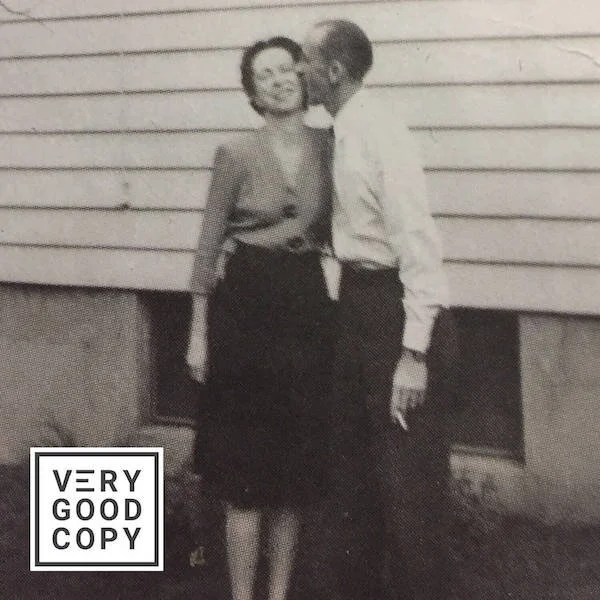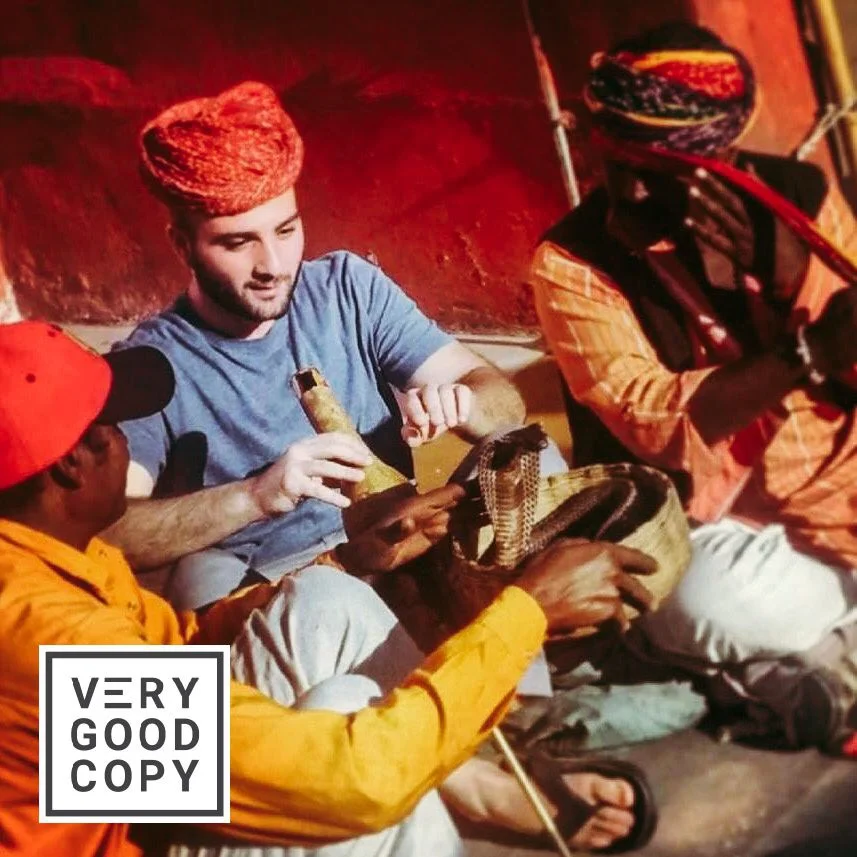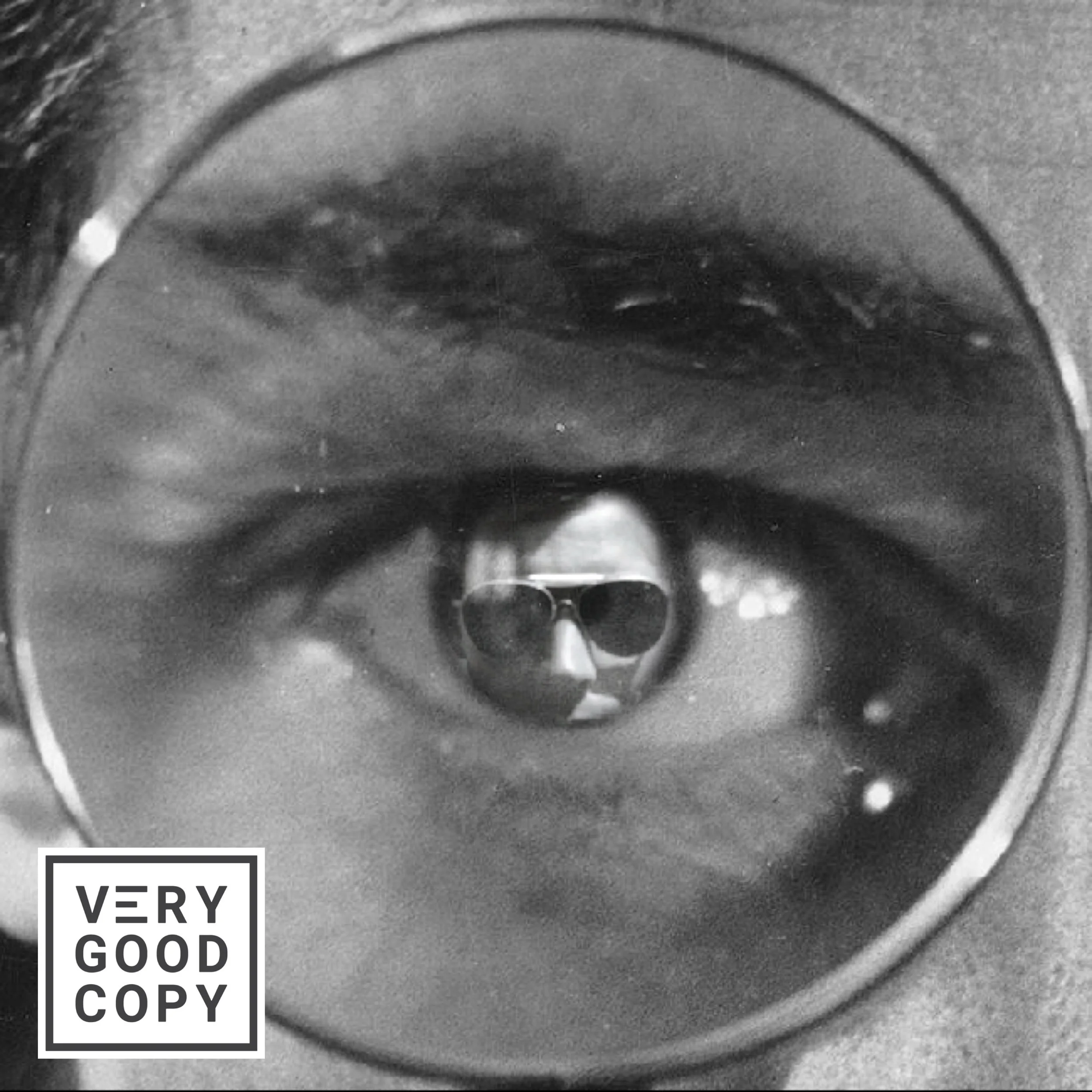![VeryGoodCopy [Small].png](https://images.squarespace-cdn.com/content/v1/5615edeae4b0b9df5c3d6e90/1546561804184-D3Z0QDOIA0IW7TDUAGVK/VeryGoodCopy+%5BSmall%5D.png)
Imagine you’re at a wedding ceremony...
You’re in a church, sitting in a pew.
The processional is almost over. Canon in D begins to play.
Every single person in the church turns to look at the bride. She looks beautiful! Confident! Radiant!
She’s walking down the aisle with her dad. He’s a middle-aged man, well built and clean-shaven with salt-and-pepper hair. He looks handsome in his tan suit.
![Shock copy [art] copy.JPG](https://images.squarespace-cdn.com/content/v1/5615edeae4b0b9df5c3d6e90/1546562270214-LI1SA7HUXYX9QODNR7CH/Shock+copy+%5Bart%5D+copy.JPG)
When they reach the groom, he turns to his daughter. He hugs her and kisses her and tells her how much he loves her.
She looks up to hold back her tears.
He looks down to hide his.
And that’s when he sees it…
The mess.
You see it, too. Every single person in the church sees it — the groom, the wedding party, the guests, the bride.
His tan pants are stained with urine.
![VeryGoodCopy [Small].png](https://images.squarespace-cdn.com/content/v1/5615edeae4b0b9df5c3d6e90/1546562047427-JBNFGNVN9OP6LPIOB957/VeryGoodCopy+%5BSmall%5D.png)
JOIN THOUSANDS OF SUBSCRIBERS

This is an ad.
It’s actually the beginning of an ad.
It’s how Ben Settle once opened a sales letter for a product he was selling in the “prostate health” niche.
Settle is one of my favorite modern (read: working) copywriters to study. He’s prolific — and his writing is different, memorable, and of course, effective.
He talked about this specific prostate ad on his podcast...
But I couldn’t find his original intro anywhere online, so I made one up.
I call this style of messaging “Shock copy.”
Because it creates a visceral feeling that jolts the reader, dominating her attention and interest.
Shock copy is an ultra-compelling way to START a long-form piece of copy (e.g., an email, a sales letter) because it quickly conjures emotion.
And emotion is engaging. And the more engaged people are, the longer they read.
And the longer they read, the more likely they are to act.
Here’s the formula...
It’s a simple, 3-step process:
Step 1: Activate your reader’s imagination.
Do this by starting your copy with any of these words or phrases:
“Imagine...”
“Let’s pretend...”
“Visualize this..."
“Remember when..."
These are triggers that, consciously or otherwise, prepare the reader to hear a story:
— — —
“Imagine you’re at a wedding ceremony…”
Step 2: Take the reader to a nice place.
Tell a familiar story that makes her feel good, happy, nostalgic.
In any case, the reader should feel comfortable. She shouldn’t feel pain:
— — —
“You’re in a church, sitting in a pew. The processional is almost over. Canon in D begins to play. Every single person turns to look at the bride.”
Step 3: Pull the rug out.
Change the mood drastically and suddenly.
Say something disturbing yet relatable, something that aligns with your reader’s problem:
— — —
"Every single person sees it — the groom, the wedding party, the guests, the bride.His tan pants are stained with urine."

Shock copy is particularly painful.
So use it when you know your audience will be particularly resistant to taking an action.
Like if the action is going to the doctor for a prostate checkup.
LEARN TO PERSUADE
![VeryGoodCopy [Small].png](https://images.squarespace-cdn.com/content/v1/5615edeae4b0b9df5c3d6e90/1546562372343-597S73B3KOF84RGYACM7/VeryGoodCopy+%5BSmall%5D.png)
WRITE BETTER.
MARKET BETTER.
SELL MORE.
COMMENT BELOW
Judge not lest ye be judged.








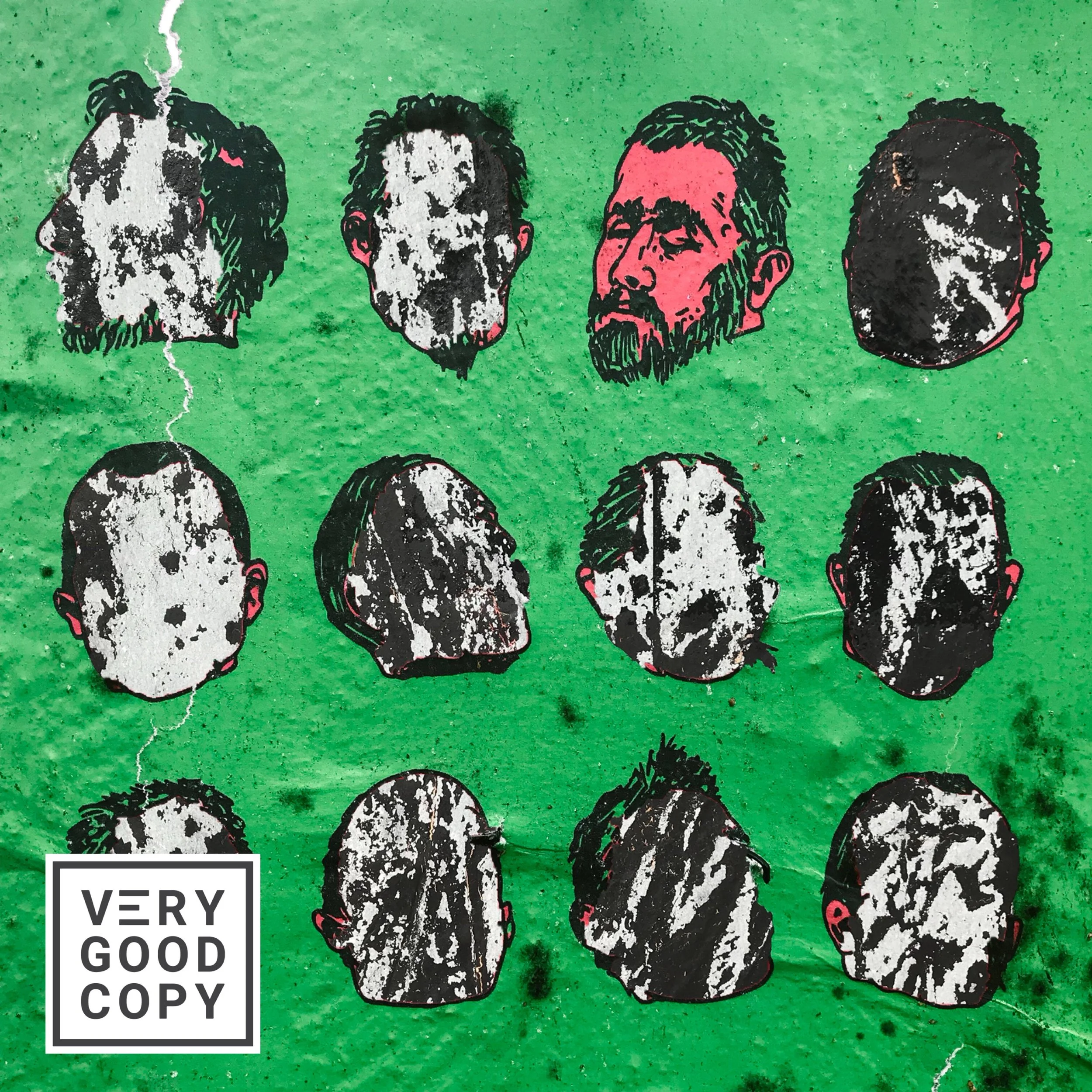

![How copywriters put prospects in the buying mood [quick trick]](https://images.squarespace-cdn.com/content/v1/5615edeae4b0b9df5c3d6e90/1533095575515-C2JPAZA3C46IBX00EMM8/Put+prospects+in+the+buying+mood+%5BVGC+art%5D.JPG)



